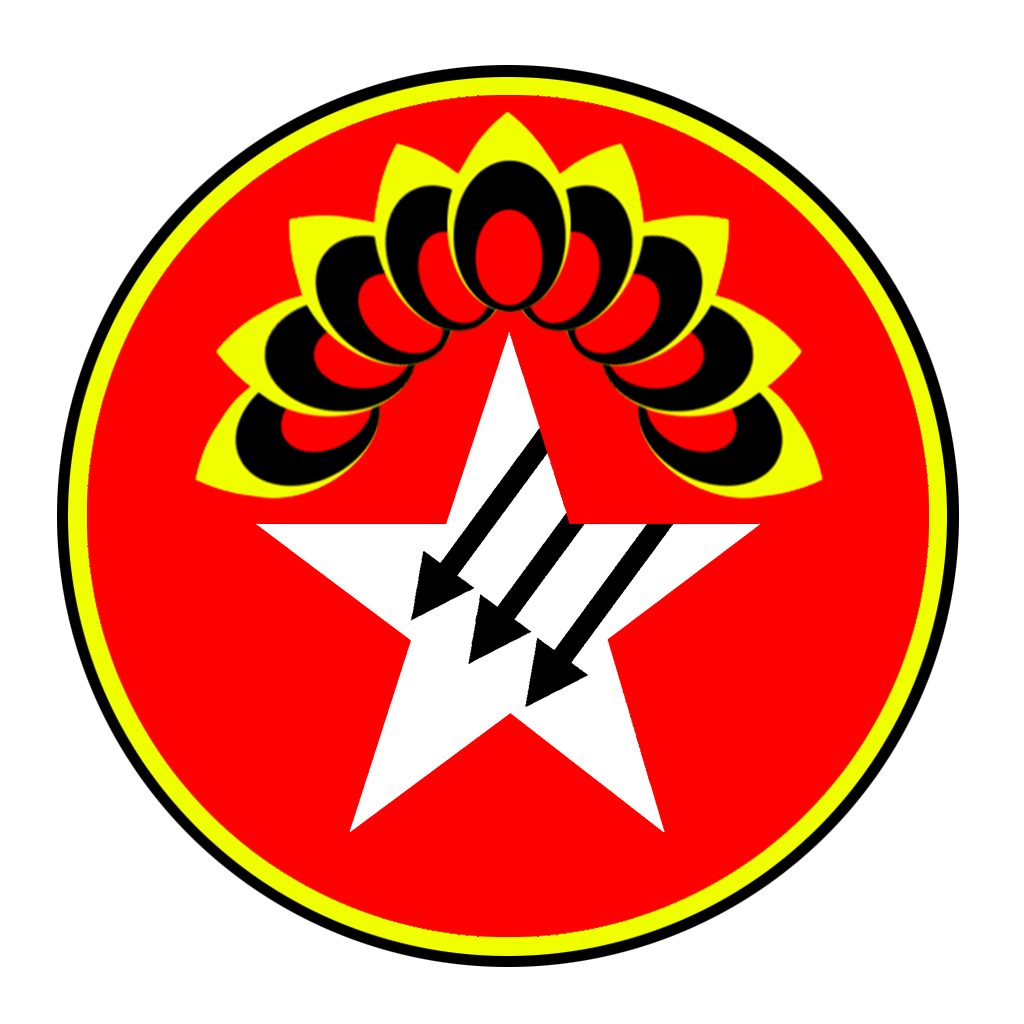Three months before the beginning of “Mission Jerusalem”- the CNDF wing of Operation Chin Brotherhood, which launched simultaneous attacks on the towns of Mindat and Falam on November 10 2024- a team consisting of AIF Members and AIF-trained snipers set out on a recon mission, clearing mines to find a path up the mountain and locate an advantageous position on the 268 Infantry battalion entrenched on the ridge line overlooking Falam. Leaving in the early hours of the morning of August 16th, moving through the cover of night and clearing mines as the sun rose, missions such as these provided key information on enemy positions and the routes with which to engage them. In the months before the battle the AIF routinely organized recon patrols against the 268 base.
Simultaneously, the months before the battle was a time of final preparation and intensive training. Between scouting missions, the AIF organized trainings in several support elements such as Sniper, Mortar, and Drone teams, as well as working with leaders to host “train-the-trainer” programs regarding basic infantry skills, squad weapons like RPG and 40mm, as well as tactical movement and operations. Further, institutional skills such as map and radio tools were shared and implemented into the broader operational structure.
On November 10th, the first shots of the Falam operation were fired. Chin Brotherhood soldiers organized into 5 separate columns descended upon a variety of objectives both in the town as well as on the mountaintop. Approximately half of the forces approached Falam from the southern Hakha road, while the other half approached from the northern Var bridge road. The two targets in the town were the police station and the hospital complex. The police station, with a garrison of about 50 soldiers and police intermixed, was the gate to further penetration into the town from the south. The hospital sat on a strategic position which both overlooked the town, as well as provided a critical threat to the front entrance of the 268 base. Meanwhile on the mountain, the primary objective was the capture of the “Mortar Hill” and the portion of the base west of it, which sits on the highest part of Falam’s mountain, granting an advantageous position over the rest of the base.
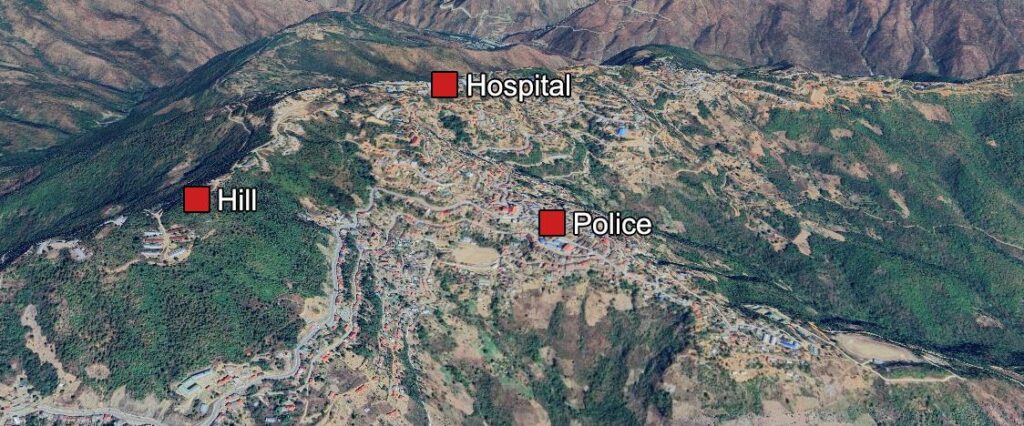
Though the objectives on the base were not completed, progress in the town was moving swiftly. By the next day, the entire hospital complex had been seized and the police station had been surrounded. By the 12th, the encircled police station would surrender after having been cut off from retreat and having suffered numerous casualties. After the surrender of the police station, remaining soldiers in the town withdrew to the base, as the hospital now overlooked the majority of the town and threatened to cut off access to the front gate. Chin Brotherhood soldiers pursued them past the Catholic church, which became a fixture of the frontline for the rest of the battle.

The battle would continue for another five months. Thankfully, the successes of the first week created a situation where the resistance had the upper hand. The SAC soldiers were restricted to their mountaintop base, while CB soldiers had unimpeded supply in and out of Falam. The frontline can be broadly simplified into three nodes, 1. The forest south of the base, 2. The Catholic Church, and 3. The Hospital, which remained unchanged for much of the battle. Two of the three major objectives had been seized, and for the next months, there would be several attempts to take the mortar hill. While some were successful, ultimately airstrikes and counter-attacks from the SAC forced resistance soldiers to retreat. While skirmishes were ongoing, the support of the sniper, drone, and mortar teams forced the SAC into a terrified position. For fear of snipers, they dared not peek over their bunkers or out of a window for more than a split second, and only occasionally.
In mid December, a surprise wave of SAC reinforcements arrived via air assault with several flights of Mi-35 and Mi-17 helicopters, landing about 100 soldiers on “Chinmual” mountain, a kilometer east of the hospital. Given the goal of fighting their way to the base and re-linking with the already isolated soldiers of battalion 268, they themselves became surrounded within moments of landing and made hasty defense in the high school on the mountain. Among their hundred soldiers were fresh conscripts as well as untrained militiamen, and they were entirely unprepared for what they faced in Falam. Day and night, snipers eliminated them while drone bombs harassed them constantly. In a matter of days, with already a third of their force lying dead or wounded, they made a disorganized rout down the mountain where most of them were swiftly captured. The defeat of the hundred soldiers provided a huge morale boost for the battle, and more importantly the infusion of new weapons and ammunition into the armory.
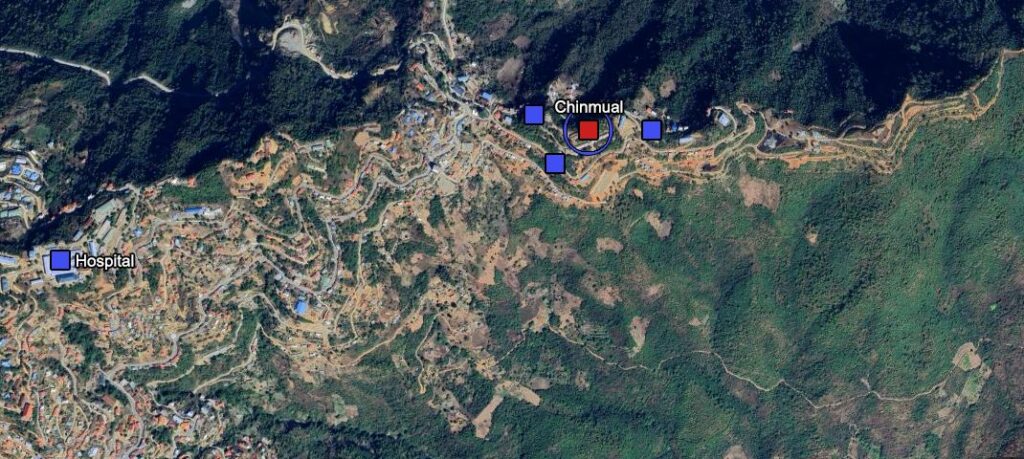
The frontline continued to remain relatively unchanged as both resistance forces and defending SAC soldiers needed to wait for resupply after any serious wave of fighting. In the case of the SAC, this was coming via airdrops from Y-12 aircraft, with the occasional parachute drifting over to resistance frontlines and giving us boxes of ammunition or supplies. The SAC frequently attempted to break out of their lines to attack the hospital or catholic church front lines, every single time their attacks were repelled. A sort of stalemate prevailed as resistance fighters were gathering their strength to make the final push, and SAC forces were too weak to make any breakout, only strong enough to retain their superior position on the hill.
For the duration of the battle, AIF comrades were active on every front and in every department, shifting along the battlefield wherever new developments arose. Our comrades participated in assault, sniper, mortar, drone, and mine teams, as well as in the medical team tending to the wounded after each assault. Using night vision equipment that had been acquired with donations from supporters, a night-team was also established which was able to completely prevent the enemy from conducting any operations after dark. Comrades from the Chin Brotherhood and other alliance armies also joined the AIF on operations, participating as organic members of the AIF team and often acting as translators, helping to integrate the AIF into the larger structure of the frontline.
Though the AIF participated on all fronts in the course of the battle, the most active were the Hospital and Catholic Church frontlines. Despite being hit countless times with airstrikes and Y-12 blanket bombings, both frontlines stood until the end of the battle due to the fortifications prepared by alliance soldiers. Due to the actions of AIF and alliance snipers and night-teams, many casualties were inflicted as the junta feared any engagement after dark. In multiple instances the AIF participated in direct engagements and overwatch, including helping to secure and retrieve a large airdrop of ammunition lost by the SAC in no mans land. Captured enemy soldiers revealed the intensity of the fear caused by our sniper team, such that resupply of ammo and food came to the frontline only once a day out of fear of snipers watching the routes. Even in areas which could not be seen by our snipers, the sense of fear and danger prevailed making logistics and movement a nightmare for the enemy.
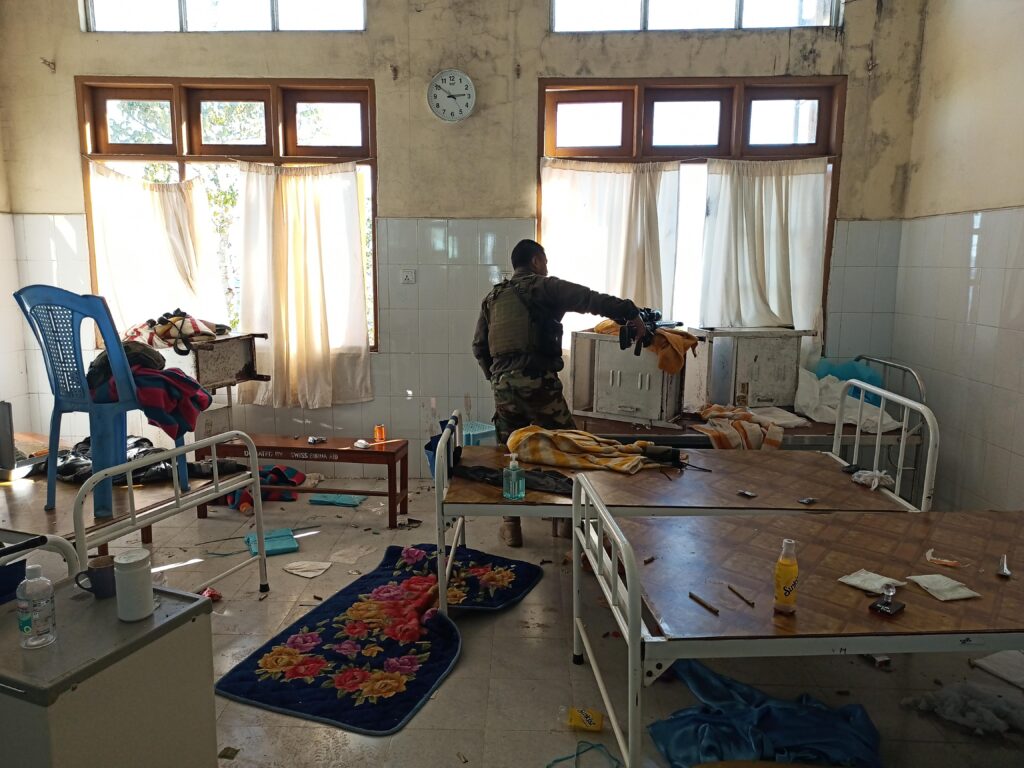
The final break came in early April. After months of further preparation and reinforcement from allied groups, the south hill fell to a coordinated attack. After the SAC launched a fruitless attack on the hospital frontline, Chin Brotherhood forces counterattacked on the opposite axis and decisively captured the entire southern portion of the base. By the end of the day CB soldiers would push the frontline even further into the base, and eventually the enemy was restricted to only the area around their helipad. The beginning of the end had arrived. By the end of the week, the momentum would continue, and a heroic final assault from resistance forces caused a shattering rout in the base, and on April 8th SAC soldiers and their families fled in every direction, most being captured immediately, some being captured days later, hungry and lost in the mountains. While the rest of the week would be spent combing the mountains for isolated soldiers, the battle was over, and the resistance had won.
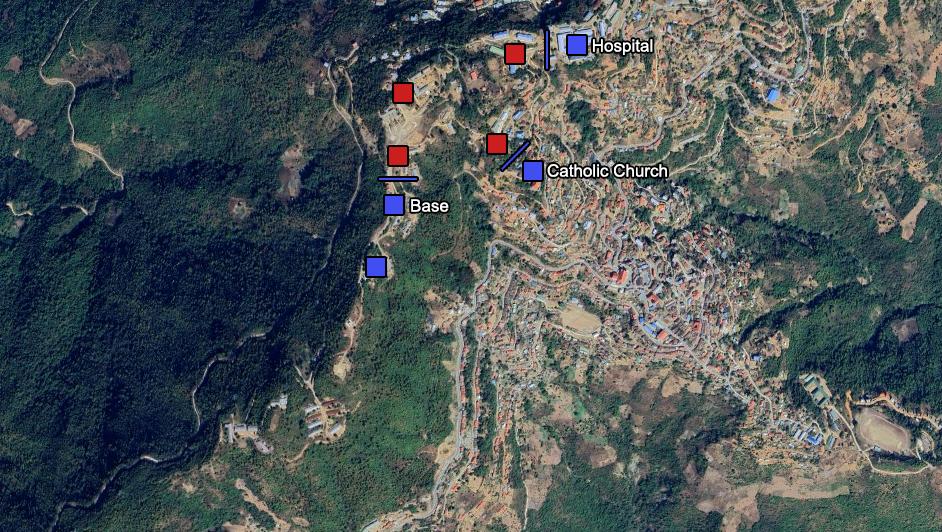
In light of this victory, it should be said that the battle was long, brutal and testing. In the periods of most intense fighting, six or seven jet fighters would be called to provide air support for the encircled soldiers. In the time between precise airstrikes, Y-12 cargo planes would haphazardly scatter explosives over the frontlines and across the town. Few nights passed without a bombing of some form or another. Ultimately, in the course of the battle, many of our revolutionary comrades gave their lives, and it is only with these sacrifices that our frontlines were maintained and able to push forward. Comrades from all over Chinland, furthermore all over Myanmar, stood firm in their bunkers against an enemy with more supply and more weapons, against the roar of one tonne bombs causing the ground to shake, and refused to take a step back against fascism.
